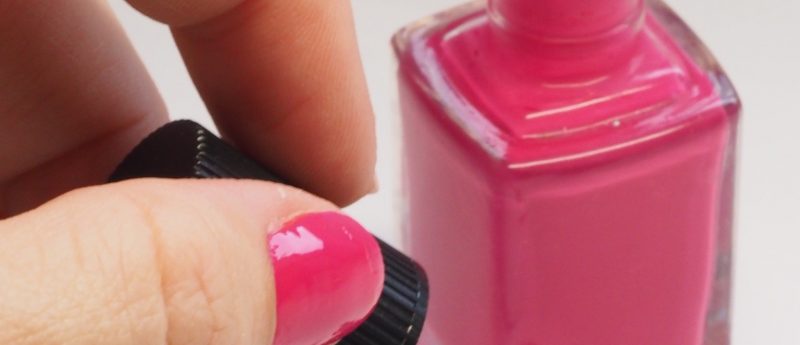Unintentional cosmetic product exposure sends children to the emergency department

Retrospective analysis of data on children under the age of five that were treated in US emergency departments from 2002–2016 demonstrates the danger of poorly stored personal care products.
A novel, retrospective study, conducted by researchers from the Center for Injury and Policy at Nationwide Children’s hospital (OH, USA), assessed data from the National Electronic Injury Surveillance System on children under the age of five that were treated in US emergency rooms.
Researchers found that an estimated 64,686 children were treated in US emergency departments between 2002 and 2016 for cosmetic product-related injuries.
The study, published in Clinical Pediatrics, is the first of its kind to use a nationally representative sample to describe the epidemiology of personal care product-related injuries in children under the age of five. 75.7% of injuries were determined to result from children swallowing personal care products.
A further 19.3% of insults were due to contact being made between a personal care product and a child’s skin or eyes. Product ingestions and exposures resulted in poisonings and chemical burns.
Rebecca McAdams, senior research associate at the Center for Injury Research and Policy at Nationwide Children’s, and study co-author, commented: “Kids this age can’t read, so they don’t know what they are looking at. They see a bottle with a colorful label that looks or smells like something they are allowed to eat or drink, so they try to open it and take a swallow. When the bottle turns out to be nail polish remover instead of juice, or lotion instead of yogurt, serious injuries can occur.”
Almost 60% of all injuries reported in the study occurred in children under the age of two; this highlights the importance of early education on safe product storage.
Nail-care products were the largest contributors of injuries to children reported, contributing to 28.3% of all insults. Hair and skin care products contributed to a further 27% and 25% of all injuries respectively.
McAdams noted that ease of child access to these products was of serious concern: “Since these products are often stored in easy-to-reach places and are not typically in child-resistant containers, it is can be easy for kids to get to and open the bottles…”.
Of further concern, as McAdams commented: “…these products are currently not required to have child-resistant packaging…” so “…it is important for parents to put them away immediately after use and store them safely – up, away, and out of sight – preferably in a cabinet or closet with a lock or a latch. These simple steps can prevent many injuries and trips to the emergency department.”
Researchers further recommended that pediatricians discuss guidelines for safe product storage with caregivers during well-child visits.
Sources:
Vajda J, McAdams RJ, Roberts KJ et al. Cosmetic-Related Injuries Treated in US Emergency Departments: 2002 to 2016. Clin. Pediatr. https://doi.org/10.1177/0009922819850492 (2019);
https://www.nationwidechildrens.org/newsroom/news-releases/2019/06/cosmetics-injuries-study.
Want regular updates on the latest real-world evidence news straight to your inbox? Become a member on The Evidence Base® today>>>
